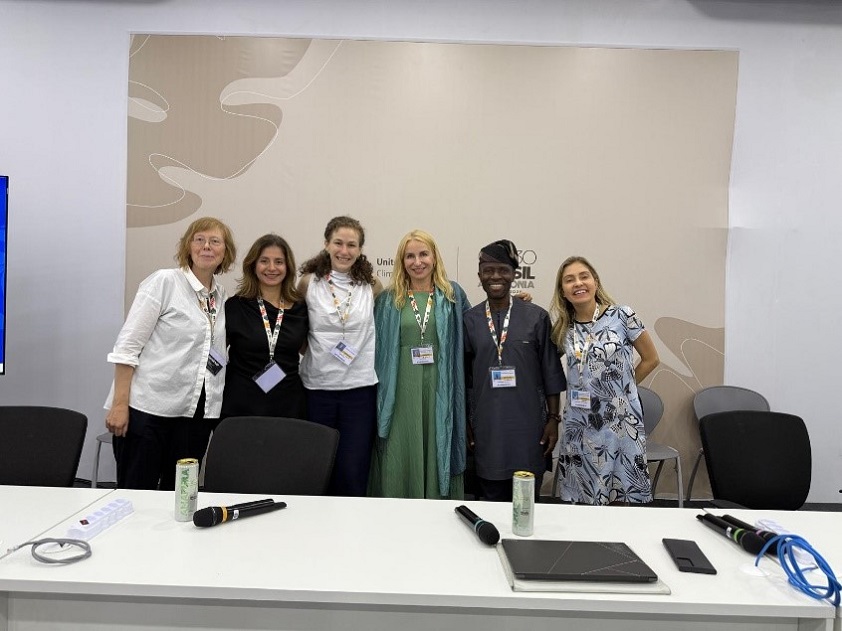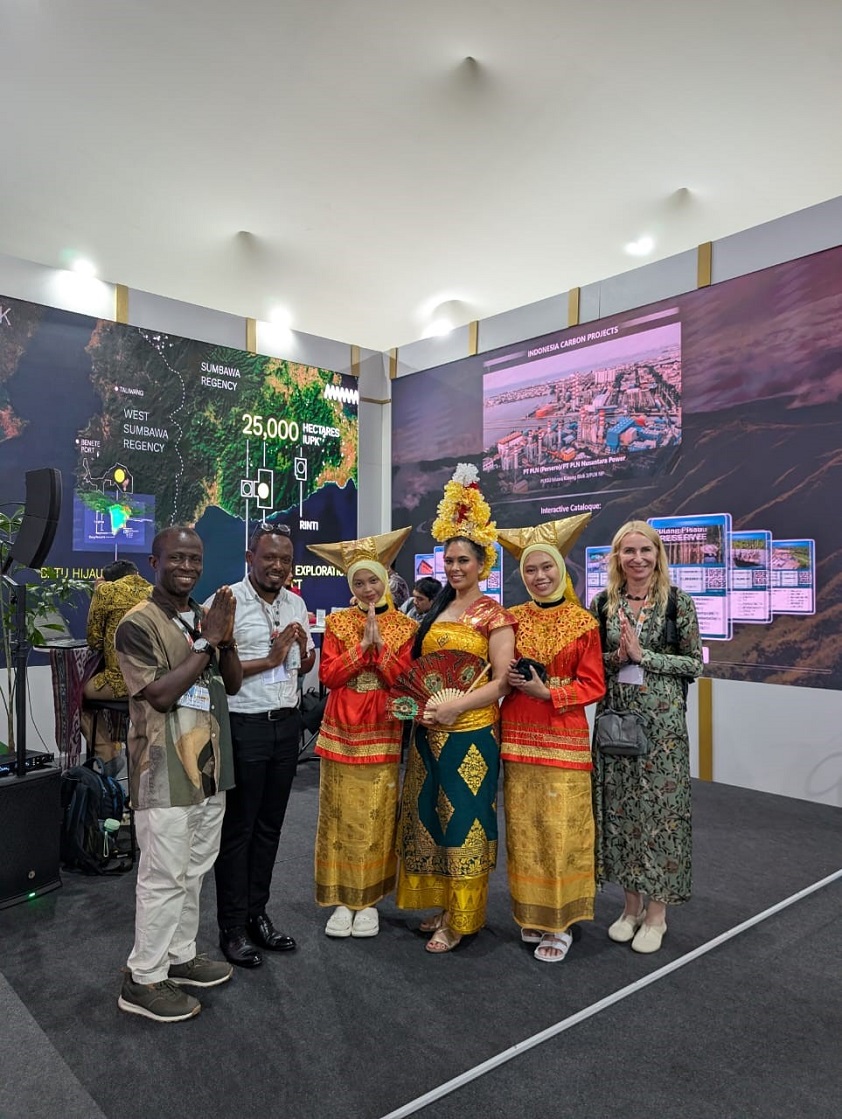27 Nov 2025
Mokolade Johnson
Nigerian
COP 30 gave little mention to Decarbonization- a neglected Resource for Climate Health, Well-being and Heritage.

1. Tell us about your journey to becoming an architect.
I graduated from the University of Lagos in 1995 and have since practiced architecture in Nigeria, following my successful completion of the licensing examinations in 2002. Over the years, I have served the Nigerian Institute of Architects in various capacities. I joined the teaching faculty in the Department of Architecture at the University of Lagos in 2008 and later earned my PhD in Architecture in 2019. I continue to serve in the department to date.
2. Tell us about sustainable architecture and the nexus between architecture and the United Nations' 17 Sustainable Development Goals (SDGs).
Architecture must harness environmental resources in ways that are replenishable and sustainable, while being rooted in cultural practices that are foregrounded in place. Only through this synergy can the built environment truly enhance the health and well-being of a people
3. What are the best practices and projects in architecture that contribute to achieving SDG numbers 11 and 12?
To make cities and human settlements inclusive, safe, resilient, and sustainable. Architecture must advance SDG 11 and 12 goals by applying circular design, and water-sensitive strategies, while promoting inclusive, resilient communities. This is evident in the waterfront communities at the Ilajẹ and Ijaw communities of southwest Nigeria where low-impact, locally-based adaptation strategies show how sustainable materials, renewable resources, and community sciences enhance resilience, and create sustainable and healthier, and more resource-oriented milieu.
4. What are the core promises of the United Nations SDGs, “Leave No One Behind,” and how can architecture embrace and implement inclusive design, planning, and construction practices, thereby contributing to creating an architecture for all?
The SDGs’ idea to “Leave No One Behind” safeguards fair access to growth for all stakeholders. Architecture supports this by applying collective design, co-produced planning, resilient construction, and culturally rooted, affordable housing. Through accessible spaces, local materials, and inclusive infrastructure, architecture reduces imbalances, reinforces community well-being, and creates milieus where everyone can flourish.
5. Tell us about how architecture is integrating renewable energies into newly built structures in Nigeria as well as Africa.
Unfortunately, integrating renewable energies into new projects remains at the elementary level in Nigeria as well as in many African countries. Significant research and data gathering is still necessary to build the necessary data capacity to achieves this possibility. Built environment practitioners must be actively involved to mainstream the insights into viable policies for action and implementation. At the institutional level, issues that inform renewable energies must be embedded into educational knowledge or co-curricular to drive long-term ambition.
6. How did you get involved with Climate Heritage Network?
I joined the Climate Heritage Network in 2023 via connections with colleagues at the Region V, International Union of Architects (UIA) from my administrative position at the Architecture & Urbanism Research Hub, University of Lagos, Nigeria. My trip from Lagos to Copenhagen helped to showcase winners of the Global Student’s Idea Competition on Great Green Wall Initiative and also helped to build network with CHN, partnerships which I continue to maintain.
7. What is your platform for COP30?
Our COP30 platform is of one of five CHN initiatives, “Decarbonizing the Built Environment Through Heritage” (DBTH), alongside HACA, Race to Resilience, and Heritage Adapts. The CHN is a global effort to integrate culture and heritage into climate action, mobilizing arts and cultural sectors to address climate challenges. At COP30, we engaged with interdisciplinary colleagues and observed key negotiations firsthand.
8. At COP30's Blue zone a fire broke out on November 20, 2025 at the African Pavilion where CHN negotiator Darius Ankamah was at work tell us about your experience.
My on-the-ground experience at the COP30 ended on the 19/11/2025, I don’t have the first-hand experience of my CHN colleague Darius Ankamah in the unpleasant incidence. Thankfully, he is safe.
9. Any message you would like to share.
The focus on culture and heritage in climate action was evident across both blue and green zone events at COP30. Yet, conclusions highlight that clear pathways for adaptation remain elusive. Questions arise: How can these inconclusive indicators translate into actionable solutions as the climate crisis dips before the COP31 in Turkiye? How has climate finance functioned without the phantom pledges? From a heritage research perspective, it is clear: “no productive adaptation is possible without effective decarbonization”.
COP 30 gave little mention to Decarbonization- a neglected Resource for Climate Health, Well-being and Heritage. It’s evident that meaningful climate solutions must integrate heritage-based, nature-preserving plans with urgent decarbonization. Preserving cultural and ecological values is pivotal for the health, well-being, and resilience of people and planet.
#decarconizingheritage
10. How can people reach you?
Mokọ́ládé JOHNSON, PhD, MNIA.
Architecture and Urbanism Research Hub, University of Lagos.
Sub Dean-Faculty of Architecture.
Africa Co-Chair; Climate Heritage Network.
Whatsapp-+2348082223779
Email - mbjohnson@unilag.edu.ng

 Lori, Billie & Mokọ́ládé presenting for DBTH
Lori, Billie & Mokọ́ládé presenting for DBTH
 Mokọ́ládé, Simon & Ave- Celebrating cultures
Mokọ́ládé, Simon & Ave- Celebrating cultures
Comment